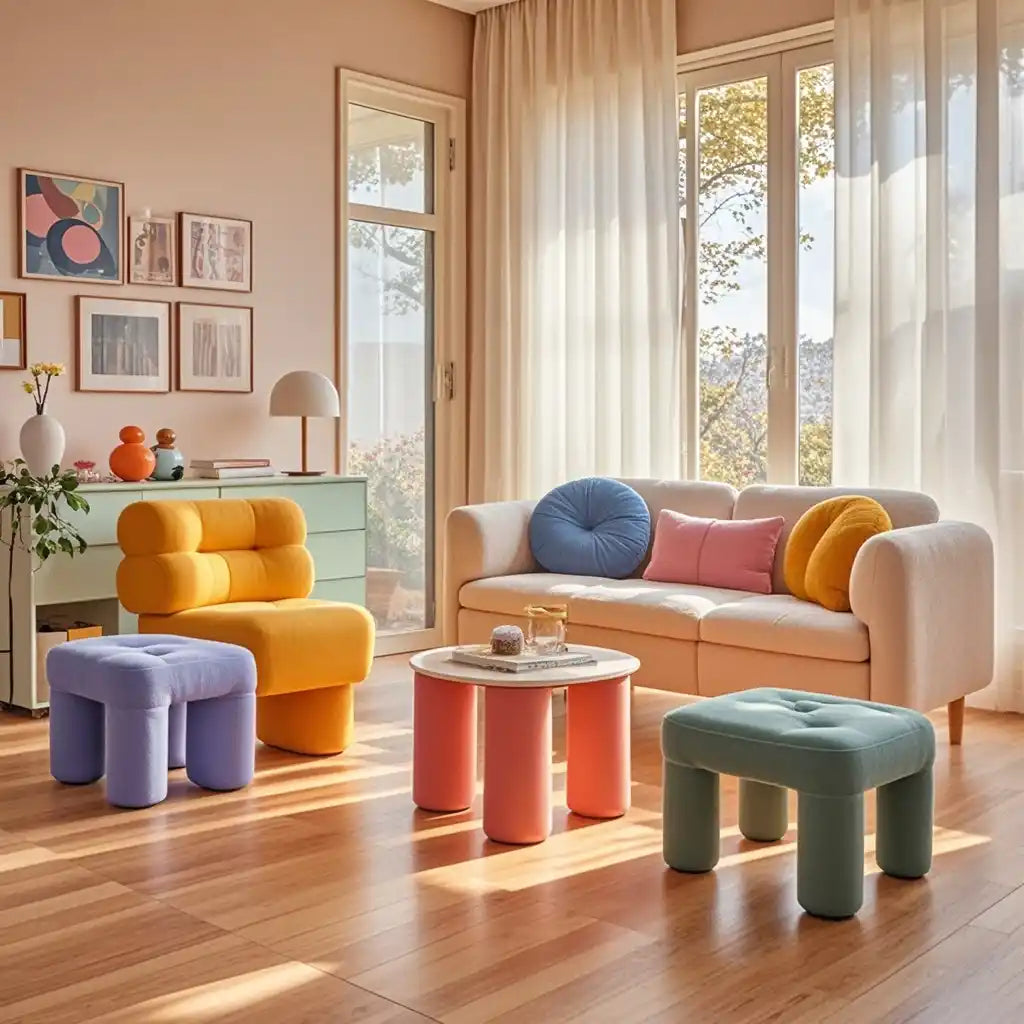Recomendation

Asher 6.5 ft. Bean Bag
$ 176.58
Color is more than just a visual element in home decor; it's a powerful tool that can influence our mood, behavior, and overall well-being. The psychological effects of color are undeniable, and understanding how to harness them is crucial for creating a comfortable and functional living space. Whether it's a vibrant red that energizes a room or a calming blue that soothes the soul, color has the power to transform your home into a sanctuary that reflects your personality and needs.
Understanding Color Psychology
Color psychology delves into how different colors evoke different emotions and responses. For instance, red is often associated with passion and energy, making it a great choice for a dining room or kitchen where you want to stimulate conversation and appetite. On the other hand, blue is known for its calming effect, which is perfect for bedrooms to promote relaxation and sleep. Each color has its own psychological impact, and understanding these can help you set the tone for various rooms in your home.
Choosing the Right Color Palette
When selecting colors for your home, it's important to consider how they complement each other and create a harmonious look. Start by choosing a color scheme that reflects the mood you want to create. For a cohesive design, stick to a palette of three to four colors that work well together. Consider the size and lighting of a room when choosing colors; darker colors can make a small room feel cozy, while lighter colors can make it feel more spacious. Personal preferences and cultural associations with colors also play a role, so it's essential to choose colors that resonate with you and your family.
Applying Color Psychology to Home Decor
To enhance the functionality of different rooms, use color psychology strategically. For example, yellow is known to stimulate creativity, making it a great choice for home offices or children's rooms. Green, associated with nature and growth, can be used in living areas to create a refreshing and revitalizing atmosphere. Techniques for creating visual interest and depth through color include using contrasting colors to highlight architectural features or artwork, or layering colors to add complexity and richness to a space.
Practical Tips for Implementing a Color Scheme
When implementing a color scheme, it's often best to start with a neutral base and add color through accessories like throw pillows, rugs, and artwork. This allows you to change the look of a room without the commitment of painting walls. Always test colors in different lighting conditions, as they can appear differently in natural light versus artificial light. For updating a color scheme without a complete overhaul, consider painting an accent wall or adding new accessories in trending colors.
Conclusion
The importance of color in home decor cannot be overstated. It's not just about aesthetics; it's about creating an environment that supports your well-being and reflects your style. By understanding the psychological effects of color and choosing the right palette, you can transform your home into a space that feels both comfortable and inviting. Don't be afraid to experiment with color to find the perfect combination that suits your personal comfort and style.
